Keiko Niitaka
Nascimento : 1934-04-18, Aomori, Japan

Herself
The documentary to find the "true Shuji Terayama".
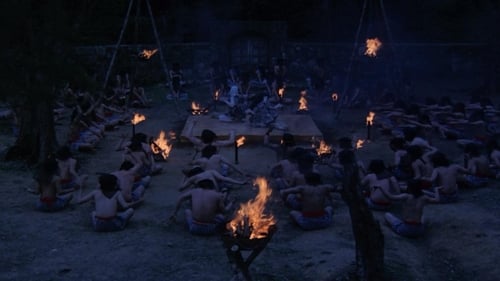
Tsubana
A surreal, isolated village sees its inhabitants gradually leave behind their mutual traditions and superstitions as they leave for the city. Among them are two cousins who love each other and who get into a quarrel with other villagers.

This is Shuji Terayama memorial performance from 1983.
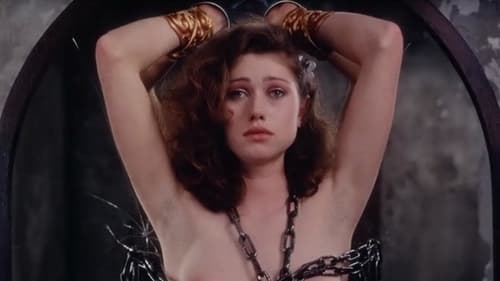
Aisen
A girl named O loves a rich, and much older man. She is subjected to a variety of humiliating experiences to prove her unconditional obedience to him in a chinese brothel. A poor boy sees her and falls in love with her. To get the money needed to sleep with her, he takes part in rebellious acts.

(segment "Kusa-Meikyu")
1º segmento: "L'île aux sirènes" – (A Ilha das Sereias) - Direção de Just Jaeckin – Um sonho de náufrago adolescente e burro. Por falar nisso a burrice é chata e ridícula. Ela engana, é contagiosa e enche o saco, pois lhe falta a autocrítica!
2º segmento: "Kusa-Meikyu" – (O Capim Labirinto) - Direção de Shûji Terayama – Poesia, fantasia, melodia, e tudo mais que você queria. Beleza pura. PARENTE lhe assegura.
3º segmento: "L'armoire" – (O Armário) - Direção de Walerian Borowczik – UMA DAS MAIS INTERESSANTES E EMOCIANANTES HISTÓRIAS DO GÊNERO. Adivinhem quem resolveu sair do armário?

Mother
Akira is haunted by a "bouncing ball" song that he remembers his mother singing when he was a small child, and now on the verge of a sexually active adulthood, he wants to find the origins of the song. The young man ostensibly wanders into a time-warp in which aspects from his childhood and adulthood mix together. In this never-never land he comes across a beautiful woman/witch who is lost inside the labyrinth of her mansion, just as the young man is lost in the labyrinth of time — and on some levels, perhaps the labyrinth of his subconscious.

Shuji Terayama and J.A.Seazer's phantasmagoric folk-psych-symph-prog-rock opera. Historical Tenjo Sajiki performance from 1978.

Stage performance by the Tenjo Sajiki troupe.
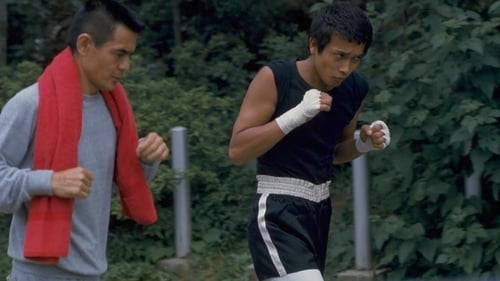
Garasha
In the midst of a match, a successful boxer - Hayato, has had enough of the sport. He lets himself get knocked, quits boxing, leaving his wife and start living alone with his mangy dog. One day a young mediocre boxer knocks at the door and wants to be Hayatos apprentice.
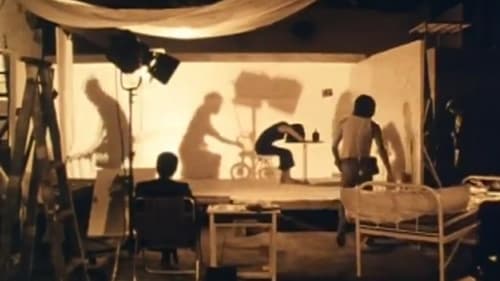
As a family goes on with their day, the shadows on their walls lead a completely different life.

In this Borgesian satire on knowledge and technology, bibliophilic desire leads to the construction of a pedal-powered reading machine. Resembling a combination of gymnastic contraption, printing press and early cinematic apparatus, the machine’s purpose remains ambiguous. And like this machine, Terayama’s film connects his work in poetry, motion picture and graphic design by weaving together printed and projected, still and moving images.

A “reading film” of delirious image and text, Les chants de Maldoror takes its title and inspiration from Comte de Lautréamont’s 1869 proto-Surrealist poetic novel which, for instance, describes beauty as the chance encounter of a sewing machine and an umbrella on an operating table. In the novel’s six cantos, a young misanthrope indulges in depraved and destructive acts. Unexpected encounters abound, with turtles and birds joining Terayama’s regular cast of snails and dogs to wander over books and bare torsos. Feverish video processing posterizes, inverts and overlays images that are further colored by sound—pushing the limits of his literary adaptation. Terayama wrote that the only tombstone he wanted was his words, but, as Les chants de Maldoror demonstrates, words need not be confined to carved monuments or bound hardcopies.

An experimental short featuring people and nails.

The smallpox virus has created its own unique atmosphere in Terayama’s film where the skin of a bandaged adolescent and the surface of the filmic image are subjected to a bizarre ‘disturbance’ as snails cross the screen and nails are hammered into the skull of the ailing patient. Illness in this film is as much a psychic entity as a physical one and manifests itself in an array of theatrical tableaux from grotesque women rigorously brushing their teeth to a snooker game where the players in white face makeup behave like automata. A Tale of Smallpox uses a medical theme to chart the traumatic dream life of Terayama’s times, evincing deep-rooted concerns in the Japanese national psyche that hark back to the upheaval of Meiji modernisation and the devastation of World War Two.

A young boys' coming of age tale set in a strange, carnivalesque village becomes the recreation of a memory that the director has twenty years later.

A dreamlike portrayal of a hangover after a decadent party.
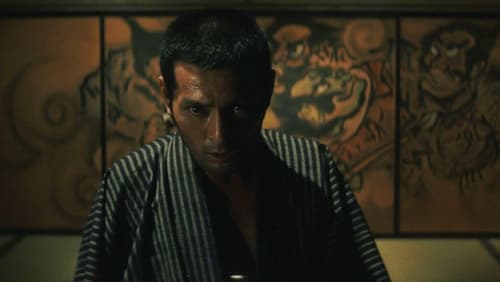
After going to prison for killing the boss of the Kanno gang, Seji Iwahashi (Tatsuya Nakadai) gets released early -- only to find that his former gang has merged with the Kannos. But with bitter resentments lingering on both sides, how long will it be before the bloodshed begins anew? Set in 1926 Japan, this serpentine crime thriller from director Hideo Gosha also stars Toshio Kurosawa and Isao Natsuyagi as Iwahashi's closest ally.
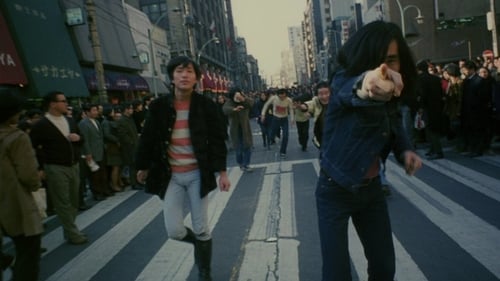
Midori
Alternando entre um estudo psicológico sobre a alienação e perda de direitos, e uma chamada urgente pela militância e atuação sociopolítica revolucionária da geração do final dos anos 60, a delirante montagem de Terayma de imagens fragmentadas, não sequenciais e desbalanceadas reflete a incerteza e o caos interior de um empobrecido - e apropriadamente anônimo - jovem, e de sua família igualmente disfuncional: o pai desempregado e voyeur, uma avó deliberadamente mentirosa, e uma irmã cuja ligação afetiva com seu coelho de pelúcia transformou-se numa obsessão bestial.

Um grupo de crianças vestidas com uniformes militares revoltam-se contra os pais e começam a caçar e a matar adultos. Um grupo de meninas despem-se enquanto cantam: “Quando eu crescer e me tornar numa prostituta…” Silhuetas vão dar à praia e dançam nuas ouvindo o bater das ondas. Duas crianças vestidas de ditadores fazem um jogo interminável de Pedra, Papel ou Tesoura até só um resistir. Crianças privam relações sexuais com mulheres adultas pintadas de branco, enquanto que outras arrastam corpos crescidos pela terra anarquicamente deserta. Tudo isto ao som de Wagner, Stravinski e Tchaikovski.

Pinku from 1967.

Pinku from 1965.

A doctor, gynecologist, discover the corpse of his wife. His nurse advises to him to declare her death a simple heart attack, to clear himself without the slightest doubt. He refuses and calls the police force there. The interrogation of the doctor, then other witnesses, slowly reveals the truth of her demise…













